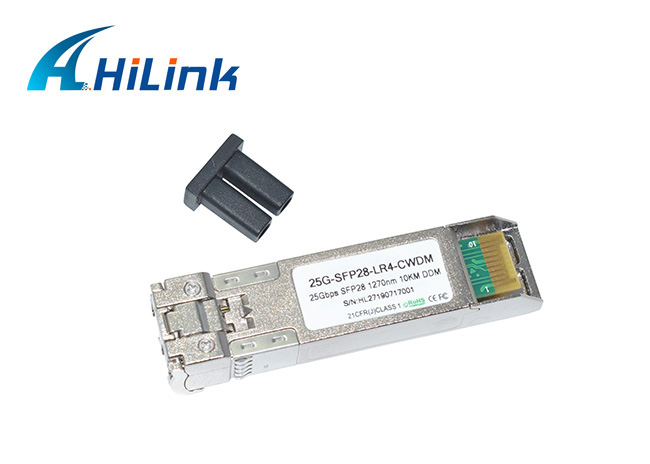What is the 5G Optical Module Solution?
Sep. 20, 2022
Now that 5G has officially entered the commercialization process, the industry is paying more and more attention to the construction of 5G bearer networks. Compared with the previous 3G/4G, 5G has more business scenarios, including some new services, which puts forward higher requirements on the bearer network architecture and technical transmission solutions at various layers, and the requirements for optical modules are also corresponding. This article will focus on 5G optical module solutions in 5G bearer network architecture and 5G pre- and mid-backhaul technical solutions.
5G bearer network architecture
The 5G bearer network is a basic network that provides network connections for the 5G wireless access network and the core network. Compared with 4G networks, 5G bearer networks have undergone major changes in network architecture and bandwidth in order to adapt to large bandwidth, low latency, and massive connection services.
5G moves part of the physical layer of the BBU (baseband processing unit) in the original 4G down to the AAU (active antenna unit). After moving down, the fronthaul interface changes from the original 100Gbit/s CPRI to the 25 Gbit/s eCPRI; and the BBU Part of the non-real-time functions of the BBU is moved up to the CU (centralized unit) to make sufficient preparations for network cloudification; after separation, the BBU is only left with the DU (distributed unit).
In other words, the 5G access network evolves from the two-level architecture of BBU and RRU of the 4G access network to the three-level architecture of CU, DU, and AAU. Doing so can not only obtain performance guarantees such as large bandwidth and low latency, but also play a role in flexible scheduling, network protection, and management control.

5G bearer network technical solution
It can be seen from the above that the 5G bearer network is divided into three parts: fronthaul, mid-haul, and backhaul. Each part has different applications, and its technical solutions and requirements for 5G optical modules are also different. details as follows:
5G fronthaul technical solution
5G fronthaul imposes more stringent requirements on bandwidth and delay (less than 100µs), so the 5G fronthaul will give priority to the 25Gbps eCPRI interface. The current 5G fronthaul technical solutions mainly include optical fiber direct connection, passive WDM, active WDM/OTN, etc. The optical fiber direct connection network is simple and easy to maintain but consumes a lot of optical fibers; while the WDM solution can reduce the use of optical fibers, but its cost is relatively high.
5G mid-transmission and backhaul technical solutions
Since 5G intermediate transmission and backhaul have basically the same requirements in terms of bandwidth, networking flexibility, network slicing, etc., the same technical solutions can be used for 5G intermediate transmission and backhaul, which are currently mainly concentrated in IPRAN (IP-based radio access network), PTN and OTN and other technical applications, among which IPRAN is more economical and practical.
At present, there are two main technical solutions for 5G transmission and backhaul:
Packet-enhanced OTN+IPRAN-5G uses packet-enhanced OTN equipment with routing and forwarding functions to build a network. 5G backhaul will continue to use IPRAN, and BGP protocol is used for routing and forwarding between OTN and IPRAN. In order to meet the large capacity and network slicing requirements of the 5G bearer, IPRAN will introduce high-speed interface technologies such as 25Gbit/s, 50 Gbit/s, 100Gbit/s, and consider adopting new interface technologies such as FlexE (Flexible Ethernet) to achieve physical isolation. , Provide better quality assurance of bearing.
End-to-end packet-enhanced OTN—All the 5G mid-haul and backhaul networks use end-to-end packet-enhanced OTN equipment for networking. Compared with the above solutions, this solution has powerful networking capabilities and end-to-end maintenance The management ability can effectively avoid the problems of OTN and IPRAN interconnection and inter-professional coordination.











